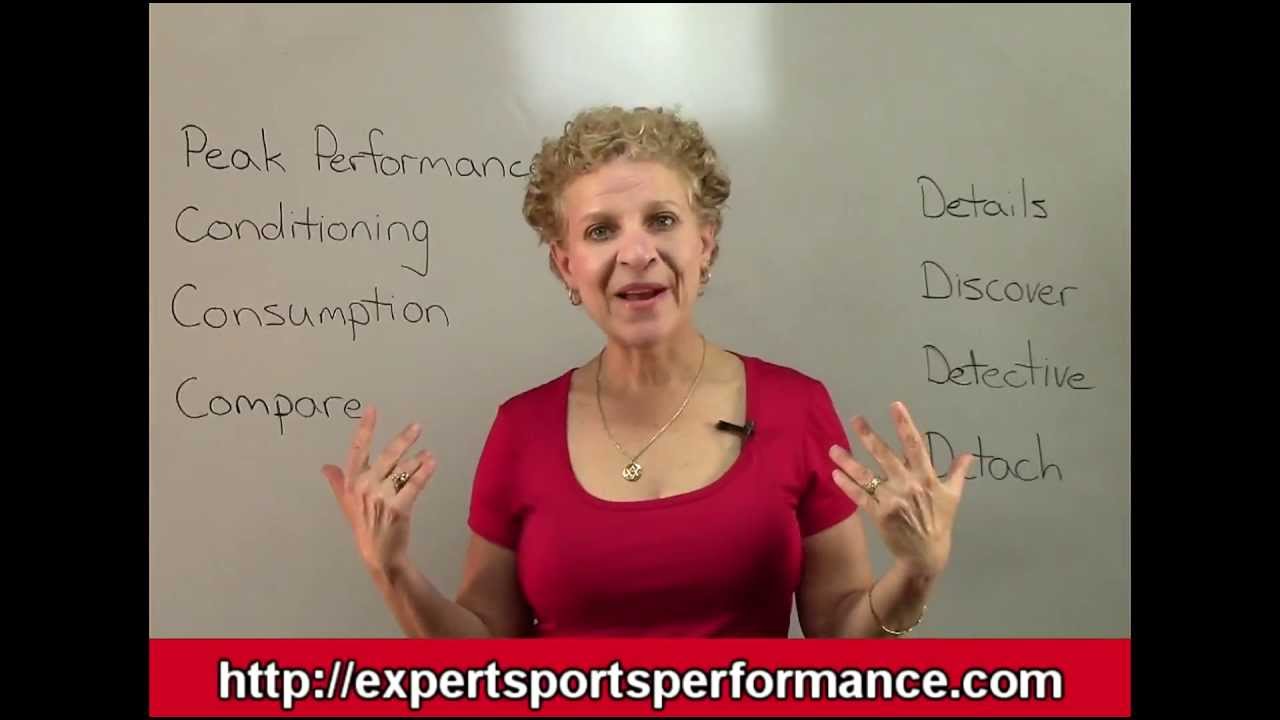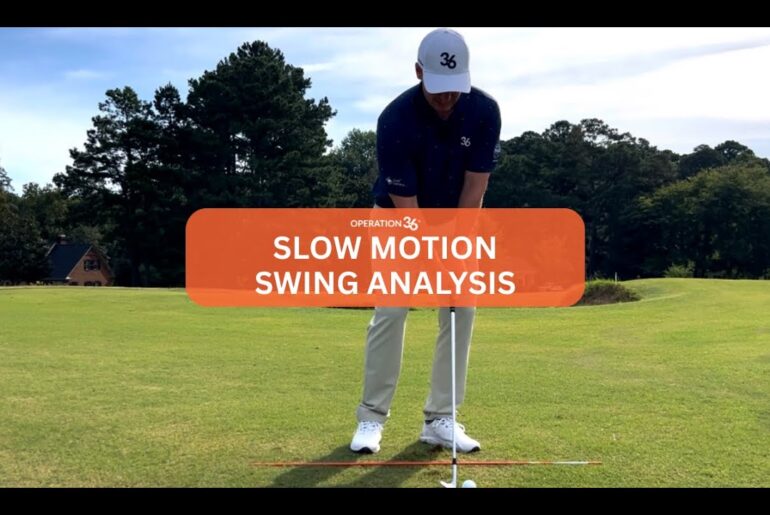Receive your FREE Training on the 7 Essential Steps to Boost Your Performance. Follow these mindset strategies to improve your performance.
There’s never a good time to feel like you have a performance block or you’re in a slump. And there’s no one ideal peak performance approach that works for all athletes in all situations. That’s like saying you can only wear Converse High Top sneakers for basketball.
As an athlete, coach or trainer, I’m sure you’ve faced peak performance blocks before. The approach for helping you reach your full potential varies, regardless of your level of play. The approach ranges from toughing it out, changing your technique to mindset strategies.
The Kaizen Principle believes consistent effort leads to peak performance. It can be utilized in multiple ways, as a philosophy, principle, practice and tool. The concept of steady effort is familiar when it comes to performance. Basically, small changes lead to significant improvements over time. Just look at your training plan from the beginning of season practice to the end and you’ll likely notice improvement with time.
The Kaizen approach looks at waste and how to tweak your plan so it’s even tighter, and leading to peak performance. Here’s an example of how it applies for physical training:
1. Conditioning. Discover where there’s wasted effort and energy in your program. That would be the drills that don’t lead to steady, incremental improvement. Remove the activities that take up space with minimal performance gains.
2. Consumption. Food is fuel. Are you putting high quality food into your body or choosing to eat foods that interfere with peak performance? Discover which foods help and which don’t. If you knew the foods that slowed down your recovery, and the ones that improved recovery times, would you change your eating habits?
3. Compare. Experiment with different training styles. This’ll help you decide what works and what doesn’t by combining technique and strategy.
What I like about this principle is that you’ll learn the best practices that get results. It’s excellent at developing a BIG picture view, not just short term results. Consistency leads to long term gains. The Kaizen mindset believes there’s always room for improvement. First you identify a challenge, and then you creatively develop the best approach.
Now let’s look at how it develops your mindset for peak performance.
1. Details. Understand the facts. Here’s where you identify the milestones and the obstacles. Be very specific with your description.
2. Discovery. Don’t be swayed by the hottest trend or performance myths. Consider all the different possible solutions without judgment.
3. Detective. Research and observe other athletes. What other athletes have had similar milestones or challenges? What worked for them?
4. Detach. A calm attitude works best. Look at all the information as if you were an outsider. Don’t let your ego or your emotions get interfere with choosing the best solution and approach for you.
I’ve seen athletes dismiss the best solution because of assumptions that weren’t true. So beware of what’s called “urban legends.” That’s when your beliefs feel true, but they’re not.
The classic example is running a sub four minute mile. Prior to Roger Bannister running a mile under four minutes people believed that it just wasn’t humanly possible to run that fast. Faulty thinking like that shuts you down to “out of the box” possibilities. Top performing athletes don’t buy into the status quo. They’re not looking to be good enough. That’s because they’re driven to shatter myths about what’s possible.
Getting stopped by performance blocks are not any fun. Usually they’re due to a mindset problem. Insight, strategy, effort and support are the best practices to turn breakdowns into breakthroughs. Next time you’re preparing for a big challenge apply the Kaizen Principles. It’ll help to remove self-imposed limitations as you strive toward peak performance.







